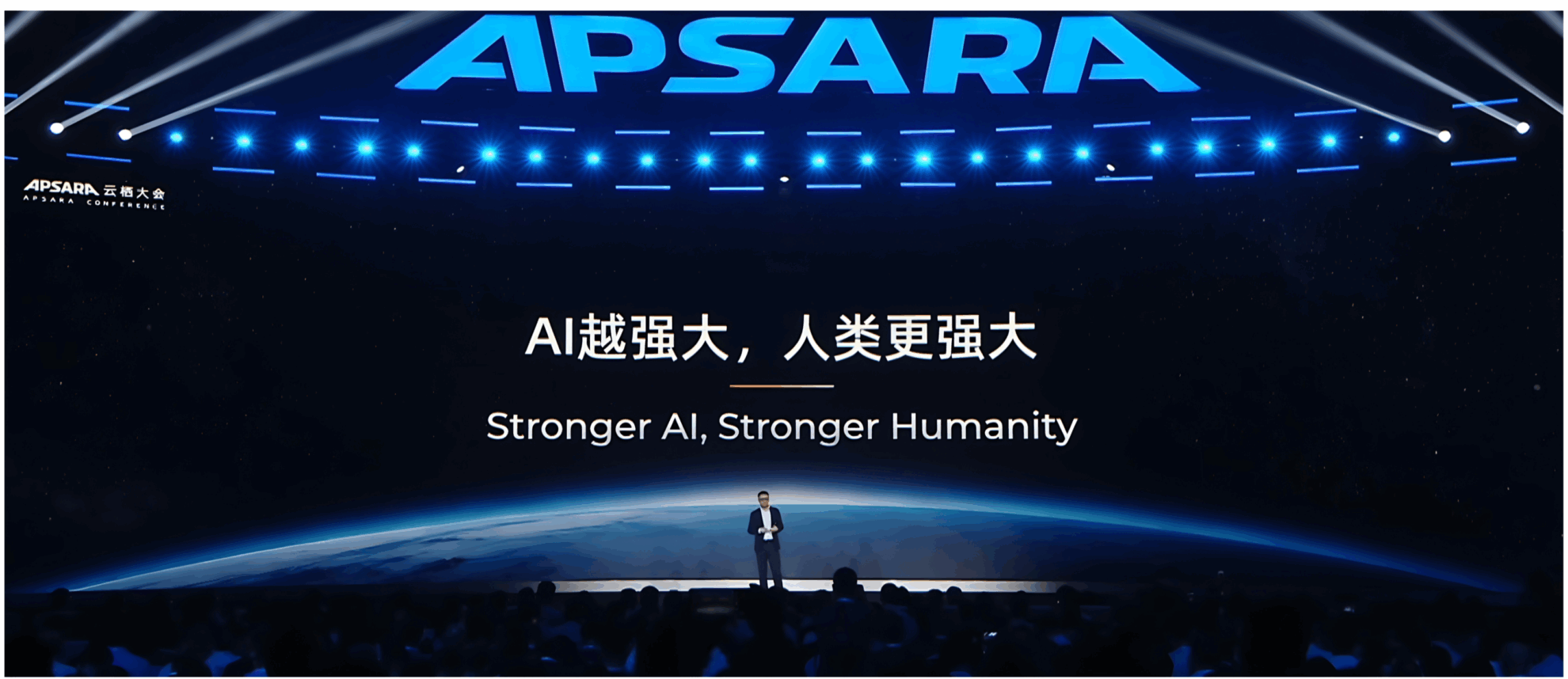The Perfect Educational Concept in "Galaxy Tutorial" Has Been Realized Through AI

After the release of the recent movie "Galaxy Tutorial", the father's education method in the film triggered extensive discussion among the audience. Today, when quality education is increasingly valued, we pay more attention to children's personal feelings and experiences of various things. This method is called immersive education. Today, thanks to the development of artificial intelligence technology, immersive education has been applied in more and more learning scenarios.
Since July, the summer movie season has begun. Galaxy TutorialAfter its release, the box office exceeded 500 million in just 6 days, and is now close to 600 million.
Yu Baimei and Deng Chao, the old partners, changed their previous funny style. As fathers with deep feelings about education, they created this film with a serious and sincere attitude.Discussing educational philosophymovie.

In the film, Ma Haowen (played by Deng Chao) has a completely different educational philosophy from his wife Xinyu (played by Ren Suxi) and the school's director Yan (played by Li Jianyi). Ma Haowen pays more attention toDevelop problem-solving skills,Xinyu is more concerned aboutCompetition and ranking,Adhering to the traditional educational philosophy, Director Yan is a believer in exam-oriented education, where scores are the most important thing.
But Ma Haowen resolutely used his unique educational method and in less than a year,Ma Fei, who had the worst grades, finally became the best in the school.The top student.
The most impressive thing in the entire film is that Ma Haowen insisted on his own educational philosophy and fought against the exam-oriented education under tremendous pressure.
How to better understand "the grass looks green from a distance but is not there when you get close"
In the movie, Ma Haowen is very opposed to rote learning, and he pays more attention to quality education. There are several scenes that are particularly impressive.
In order to help his son Ma Fei understand the poem "The grass looks green from a distance but is not there when you get close", he took Ma Fei to a meadow to get close to nature.Feel the artistic conception of the poem personally.

In addition, in order to let his son see the space exhibition, Ma Haowen ignored the school rules and took Ma Fei to Hainan for skipping school.
In the era of the film, Ma Haowen had to go through a lot of trouble to achieve the goal of "immersive" teaching. If it were put in the present, the situation might be very different.

Today, this method of learning—driven by technology—Immersive teaching,It has become simpler and more economical. Students can be in various scenes without leaving home.
Immersive teaching classroom, easy to learn the most difficult language
Recently, New YorkRensselaer Polytechnic InstituteRensselaer Polytechnic Institute (RPI) offers aspecialChinesecourse,Applying artificial intelligence in Mandarin classes can bring students a different immersive teaching experience.
Often, the best way to learn a language is to immerse yourself in an environment where people speak it, but not everyone has the opportunity to live or study abroad.
therefore,IBM Researchand RPi One joint course is offered:"AI-Assisted Immersive Chinese"(AI-assisted immersive Chinese learning). They created aVirtual classroom,Allow students to experience the kind of interaction that is usually only available when studying abroad.
Highlight 1:Panoramic screen simulates real scene
This classroom is equipped with aLearning games,Through artificial intelligence augmented reality technology, students will enter a 360-degreePanoramic projection classroom,Facing the huge screen.

Real-life scenes, such as a busy Beijing street or a crowded Chinese restaurant, are simulated on the screen, and students can bargain or order food from street vendors.
In addition, the environment also has different AI conversational skills that can respond to students’ questions and responses.Provide answers and teach relevant knowledge in real time.
Highlight 2: Multiple types of sensors, real-time language interaction
In addition to surrounding the students with digital projections, the scene also used several types ofsensor,to dynamically perceive students' speech and actions, and students' voices will be directly fed back toSpeech recognition algorithms,The virtual agent will respond in real time according to the situation.

If a student points to a dish in the restaurant scene and asks what it is, the virtual agent can respond with the name and detailed description of the food.
So, this AI system does not require a wake-up word like "hi" like other voice interaction systems. If a student is at a restaurant table near the screen, the AI "waiter" may ask him what he wants to order.
Highlight 3: Narrative generation technology, timely answering questions
Narrative Generation TechnologyIt also allows each agent to use knowledge from Wikipedia to provide answers to impromptu questions such as "What is the history of this dish?"

In real life, learners often feel embarrassed for making some "low-level mistakes" in the process of learning a new language, but here, students can pronounce boldly, pause the course, replay their own voice, correct the mistakes and then continue the conversation.
However, there is only one such classroom, and the students who sign up for this course have different levels of Chinese conversation proficiency. How can they study in the same classroom?
The designer has already considered this situation, so AI can set the difficulty of the conversation for them individually, allowing each student to learn at their own pace.
Technology: Making learning as fun as playing games
The project was inspired by two RPI faculty members who often use role-playing games to help students learn Chinese. Meanwhile, over the past few years, several studies have found thatInteractive learning environments improve language comprehension and retention.
The idea to create such a classroom came to them in 2013, but the technology available at the time had limited language interaction capabilities.
In 2016, they finally had all the technology they needed to create what they wanted, after RPI partnered with IBM to create the Cognitive Immersive Systems Lab. It’s a perfect combination of RPI’s immersive technology and IBM’s speech recognition software.

“The students are excited and interested in the technology,” said Helen Zhou, who teaches the course and bets that by the end of the summer they will be able to hold conversations in Chinese.
“We’ve turned this course into a game,” said Hui Su, director of RPI’s Cognitive and Immersive Systems Lab and the project’s lead researcher.“The course is like any game, with multiple levels that get progressively more difficult."
In fact, the system can teach any language, but Hui Su chose Chinese because he wanted a challenge. "Chinese is one of the five most difficult languages to learn,"Su said.
Chinese is a tonal language with four different tones. When pronounced with different syllables, each word can have four different meanings. For example, depending on the tone, "ma" can mean mother, or horse, or marijuana, or scold.
To help students grasp this, Su used a method calledPitch Contour Analysistechnology for assessing pronunciation and comparing student pronunciation with native speakers.
The future of education, unlimited imagination
In addition to language learning,Simulation training, flight training or military trainingThey are also very suitable for immersive learning. The United Nations, the US Department of Defense, etc. also use immersive learning to train soldiers.
In addition, immersive learning has also been applied inIn medicine,For example, combining physical courses with simulations can not only virtualize the procedures of surgery and consultation in 3D, but can even simulate the virtual environment of the entire hospital operation.

In addition to RPI, many companies are also making similar attempts. Lifeliqe, a company in San Francisco, has launched Lifeliqe VR Museum,By introducing NASA videos, students can go on a field trip to Mars, or float in space with astronauts on the International Space Station; they can also visit famous art museums and galleries; they can also gaze into animal cells...
TheseInteractive 3D experience, immersive learning,It opens the door to a new world for students, and educators say: "It gives students a sense of control and responsibility, and increases their confidence in their learning ability."
Don't feel bad, this kind of education is not necessarily an exclusive benefit for today's children.
Nowadays, we don’t need to feel regretful that we can no longer experience AI education on campus. These technologies can also be applied to otherTraining scenario.Teachers, engineers, salespeople, etc. can all be trained quickly and efficiently through virtual reality.
In the future, we all have the opportunity toWhat you see is what you learnIn an environment where students can learn more efficiently, interestingly, immersively and individually, they can receive a more efficient, interesting, immersive and personalized education. “Becoming an XX expert in 30 days” is no longer an exaggerated slogan.
-- over--








